Why Nature Is Central to Korean Life
Korea may be known for its bustling cities, but its soul lies in the mountains and forests. With 70% of the country covered in mountains, hiking and exploring nature are part of everyday life. For Koreans, mountains are not only for exercise but also for spiritual reflection, relaxation, and community.
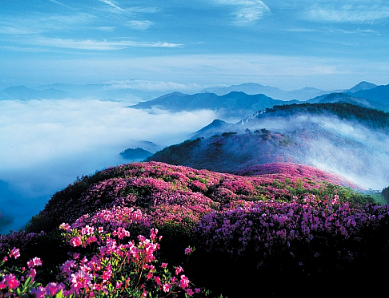
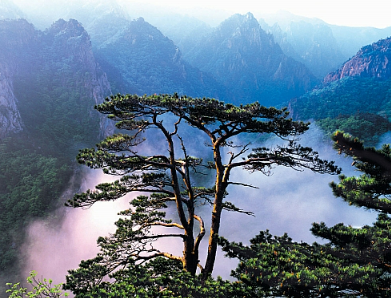
Korea’s National Parks
설악산 국립공원 (Seoraksan National Park)
Seoraksan is one of Korea’s most iconic parks, famous for its jagged peaks, deep valleys, and vibrant autumn foliage. It’s a UNESCO Biosphere Reserve and a favorite destination for hikers and photographers alike.
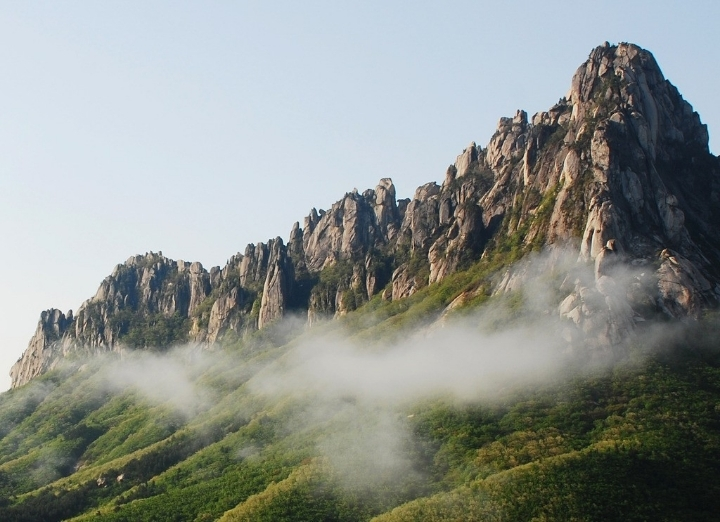
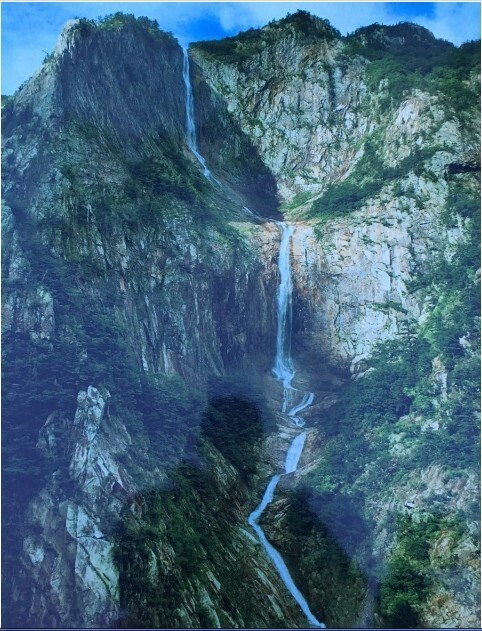
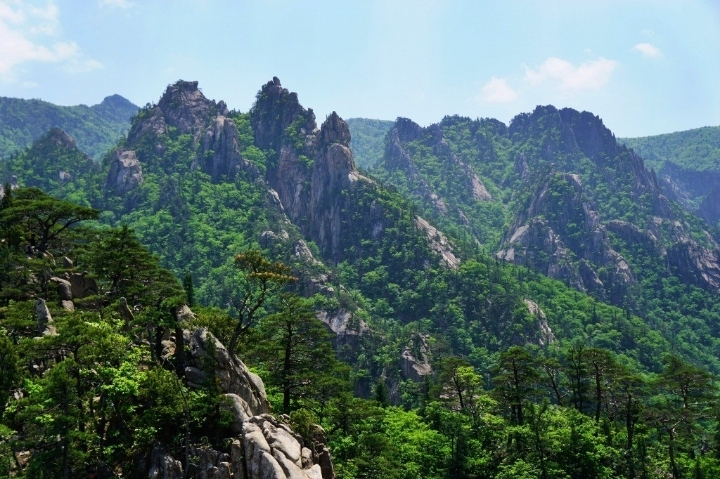
지리산 국립공원 (Jirisan National Park)
Jirisan is the largest national park in Korea, home to diverse wildlife, including the endangered Asiatic black bear. It’s also spiritually important, with historic temples scattered throughout the mountains.
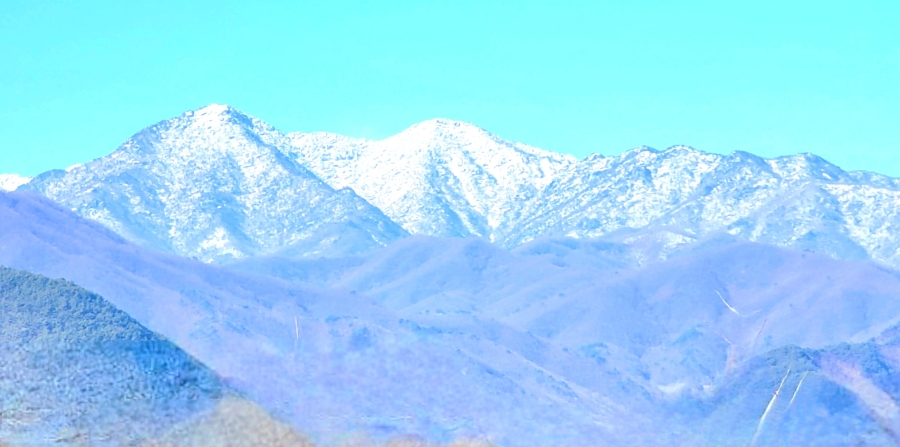
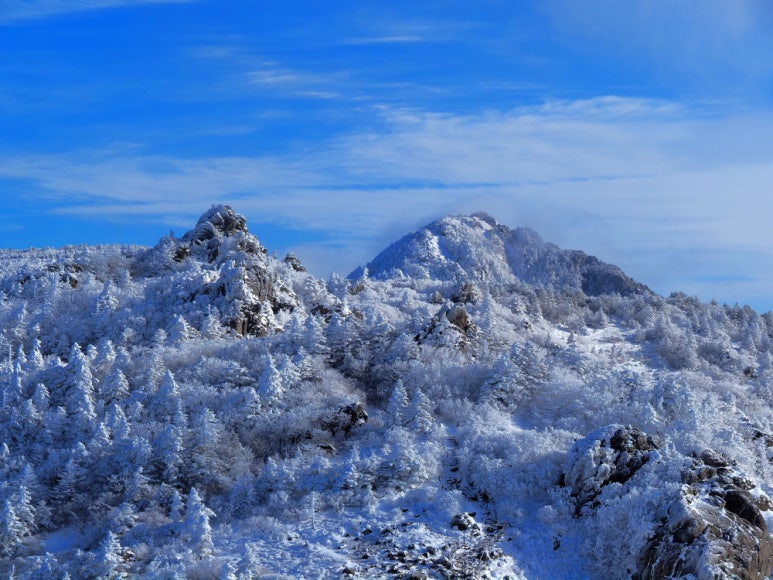
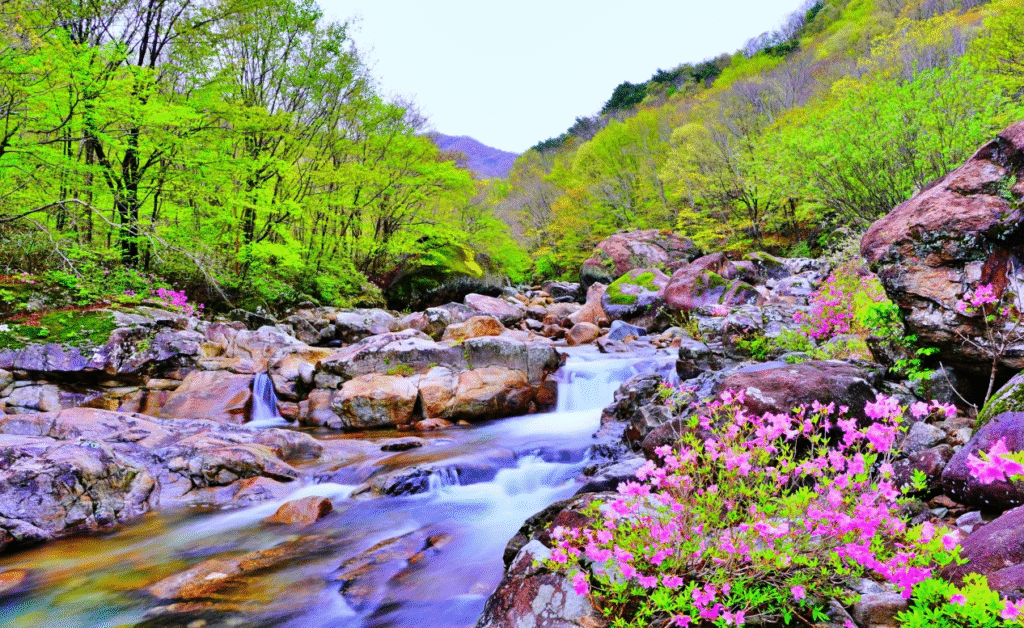
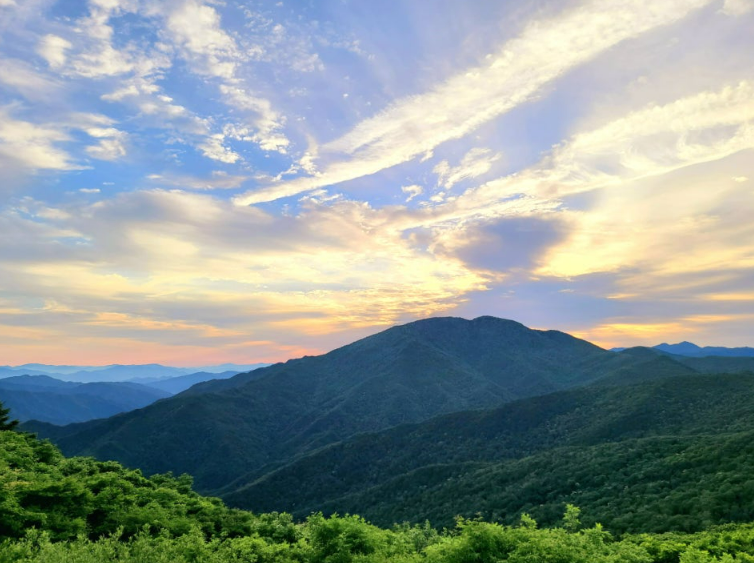
한라산 국립공원 (Hallasan National Park)
Located on Jeju Island, Hallasan is Korea’s highest peak. Its crater lake, Baengnokdam, and volcanic landscapes make it a must-see for nature lovers.
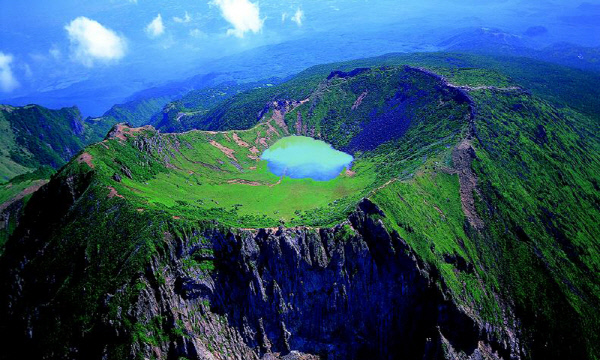
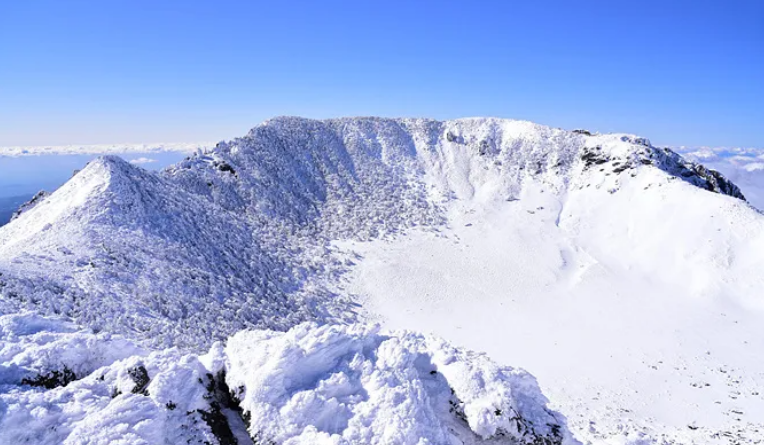
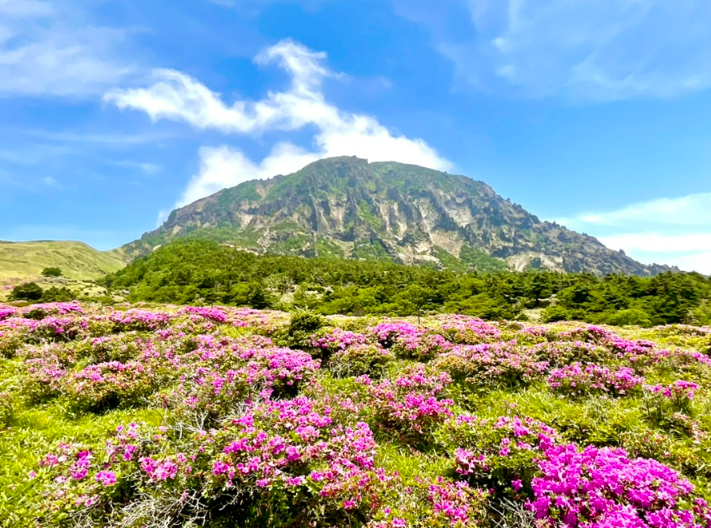
Sacred and Scenic Mountains
북한산 (Bukhansan – Seoul’s Backyard Mountain)
Just a short subway ride from central Seoul, Bukhansan offers an escape into nature without leaving the city. Its granite peaks, fortress walls, and forested trails make it popular for weekend hikes. Locals call it “Seoul’s lungs” for its role in refreshing the city air.
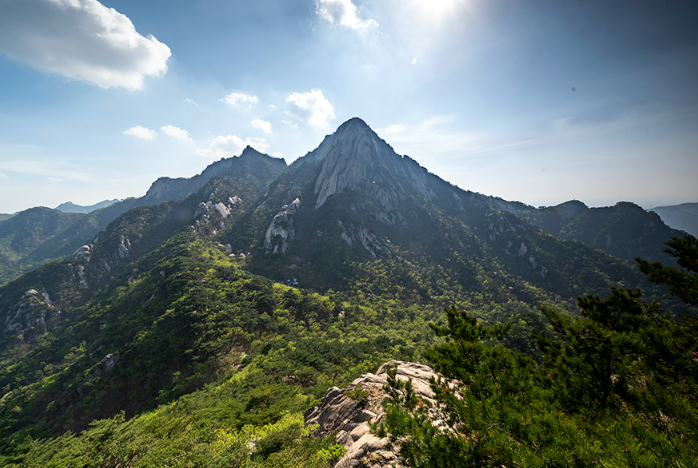
계룡산 (Gyeryongsan – Myth and Legend)
Gyeryongsan, meaning “Rooster Dragon Mountain,” is steeped in legend. It has long been considered a spiritual site, home to temples and shamanic rituals. Its mystical aura attracts hikers and those seeking cultural insight.
태백산 (Taebaeksan – Winter Snow Beauty)
Taebaeksan is famous for its snowy winter landscapes. The annual snow festival draws families and tourists, with snow sculptures and cultural events adding to the mountain’s natural beauty.
Seasonal Nature Experiences
Cherry Blossoms and Spring Hiking
In spring, mountains and parks bloom with cherry blossoms, azaleas, and wildflowers. Trails become pink and purple tunnels, making spring hikes especially magical.
Autumn Foliage in the Mountains
Korea’s autumn is breathtaking. Mountains like Seoraksan and Naejangsan burst into fiery reds, oranges, and yellows, drawing photographers and nature lovers from around the world.
Winter Snow Hiking
Snow transforms mountains into winter wonderlands. Hiking in Seoraksan or Taebaeksan during winter reveals frozen waterfalls and frost-covered trees.
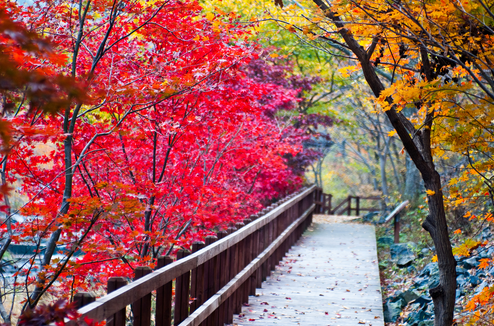
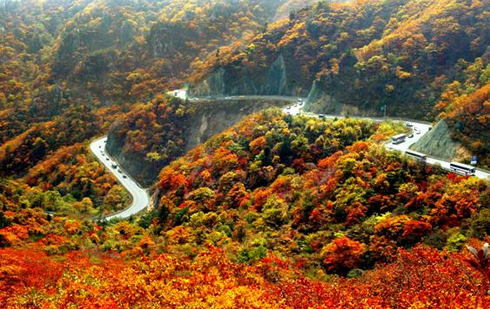
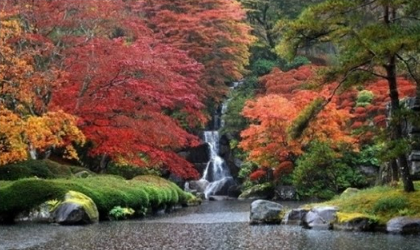
Ecotourism and Wellness Retreats
Korea’s natural escapes also cater to wellness tourism. Eco-lodges, temple stays, and forest bathing programs allow visitors to recharge body and mind. Jeju’s “healing forests” and Jirisan’s meditation retreats are perfect for travelers seeking peace.
How Nature Reflects Korea’s Spiritual and Cultural Identity
Nature is central to Korea’s cultural and spiritual life. Mountains are seen as sacred, rivers as lifelines, and forests as places of balance. Hiking is not just exercise but a communal activity that connects people with their land and traditions.
Korean proverbs, art, and festivals all draw inspiration from nature. Visiting national parks and mountains is not only about sightseeing but also about understanding how deeply the Korean spirit is tied to the natural world.

Leave a Reply